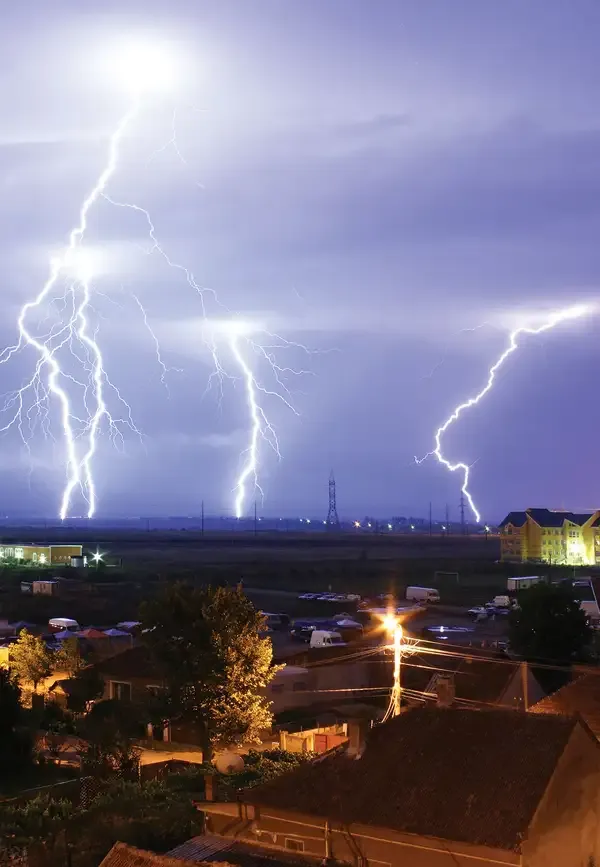- Home >
- Science
- > Exploration
Time travel could be possible, but only with parallel timelines
Time travel might be feasible if parallel timelines exist, allowing travelers to navigate between different versions of reality. Instead of altering their original timeline, individuals would shift to a parallel one, avoiding the paradoxes traditionally associated with time travel. This theory suggests that any changes made would affect only the new timeline, preserving the original. The concept challenges our understanding of cause and effect, offering a complex yet intriguing possibility for traversing time without disrupting the continuum.

Time travel has long been a subject of fascination in science fiction, but what if it could actually become a reality? Recent theories in physics suggest that time travel may be possible, but not in the way we traditionally think. Instead of traveling back and forth within a single timeline, the concept of parallel timelines or alternate realities comes into play. This article explores how time travel might work through parallel timelines, the implications of such theories, and the scientific foundations behind these ideas.
Understanding Parallel Timelines
Parallel timelines, also known as alternate realities or multiverses, suggest that every decision or event creates a branching path in time. Each choice leads to a different outcome, resulting in a multitude of timelines existing simultaneously. This means that if time travel were possible, a traveler could only visit these alternate realities rather than their original timeline.
To illustrate this concept, consider the following table:
| Event | Timeline A | Timeline B |
|---|---|---|
| Choose Coffee | Starts a productive day | Misses the bus |
| Choose Tea | Ends up late at work | Meets an old friend |
In this example, the choice made at a single moment in time leads to two distinct outcomes, each creating a different timeline. If time travel were to occur, a traveler could visit either Timeline A or Timeline B but not return to change the original decision in their own timeline.
Theoretical Foundations of Time Travel
Various theories in physics support the idea of parallel timelines. One notable theory is the Many-Worlds Interpretation of quantum mechanics, which posits that all possible outcomes of a quantum event actually occur, each in its own separate universe. This interpretation provides a solid foundation for the concept of time travel via parallel timelines.
Another important theory is the General Relativity framework proposed by Albert Einstein. According to this theory, the fabric of spacetime can be warped by massive objects, creating potential “shortcuts” known as wormholes. If one could traverse a wormhole, they might access a different timeline altogether.
Implications of Parallel Timeline Travel
The implications of time travel through parallel timelines are vast and complex. If individuals could travel to these alternate realities, it would raise ethical questions about interference in the lives of their counterparts. For instance, what happens if a traveler inadvertently alters an event in another timeline? Would this create yet another timeline, compounding the number of realities? The thought experiment poses intriguing dilemmas that challenge our understanding of morality and responsibility.
Moreover, the idea of meeting alternate versions of oneself is both thrilling and daunting. Imagine encountering a version of yourself who made entirely different life choices. This could provide insights into the paths one could have taken but also raise existential questions about identity and the nature of self.
Scientific Exploration and Future Possibilities
While time travel via parallel timelines remains theoretical, scientists are actively exploring these concepts through advanced physics research. Projects such as the Large Hadron Collider and experiments involving quantum entanglement are unlocking the mysteries of the universe. As our understanding of quantum mechanics and the fabric of spacetime deepens, we may inch closer to realizing whether time travel is feasible.
Furthermore, popular culture continues to fuel interest in this topic. Movies and books often depict time travel in exciting, imaginative ways, which helps to keep the public engaged with scientific discussions about the potential for parallel timelines. The intersection of science and fiction encourages curiosity and exploration in both fields.
Conclusion
In conclusion, while time travel remains a concept rooted in theory, the idea of accessing parallel timelines presents a fascinating possibility. The implications of such travel prompt us to rethink our understanding of time, choices, and reality itself. As scientists continue to explore the frontiers of physics, the dream of time travel may evolve from fiction to possibility. Only time will tell if the mysteries of the universe will one day allow us to traverse the intricate web of alternate realities.
In summary, the idea of time travel through parallel timelines offers a thrilling glimpse into the future of science. With continued research and exploration, we may uncover the secrets that lie within the fabric of our universe, opening doors to possibilities we have yet to imagine.












